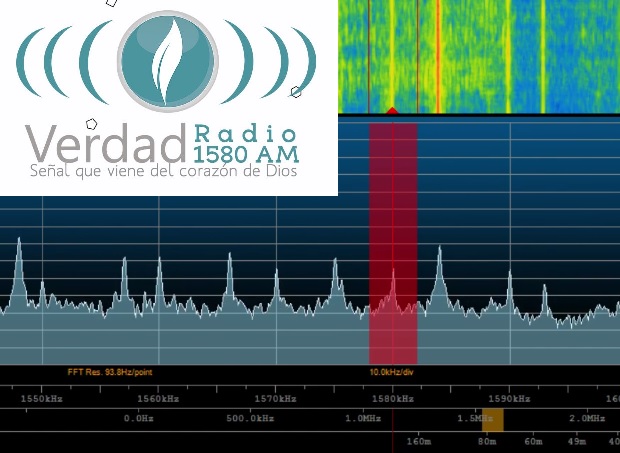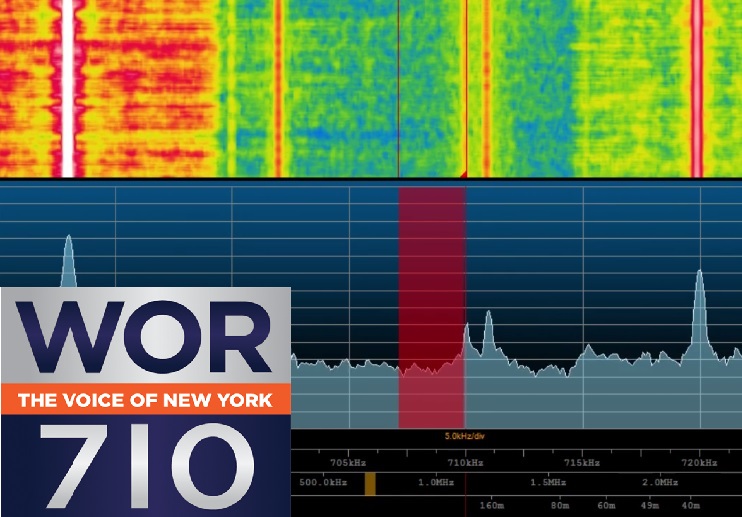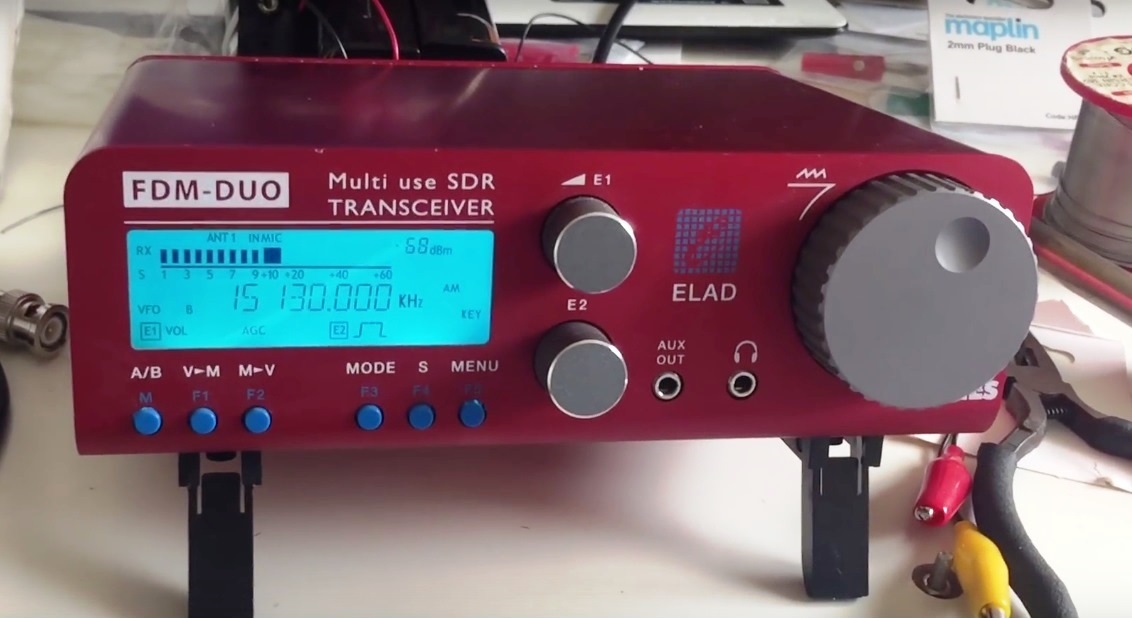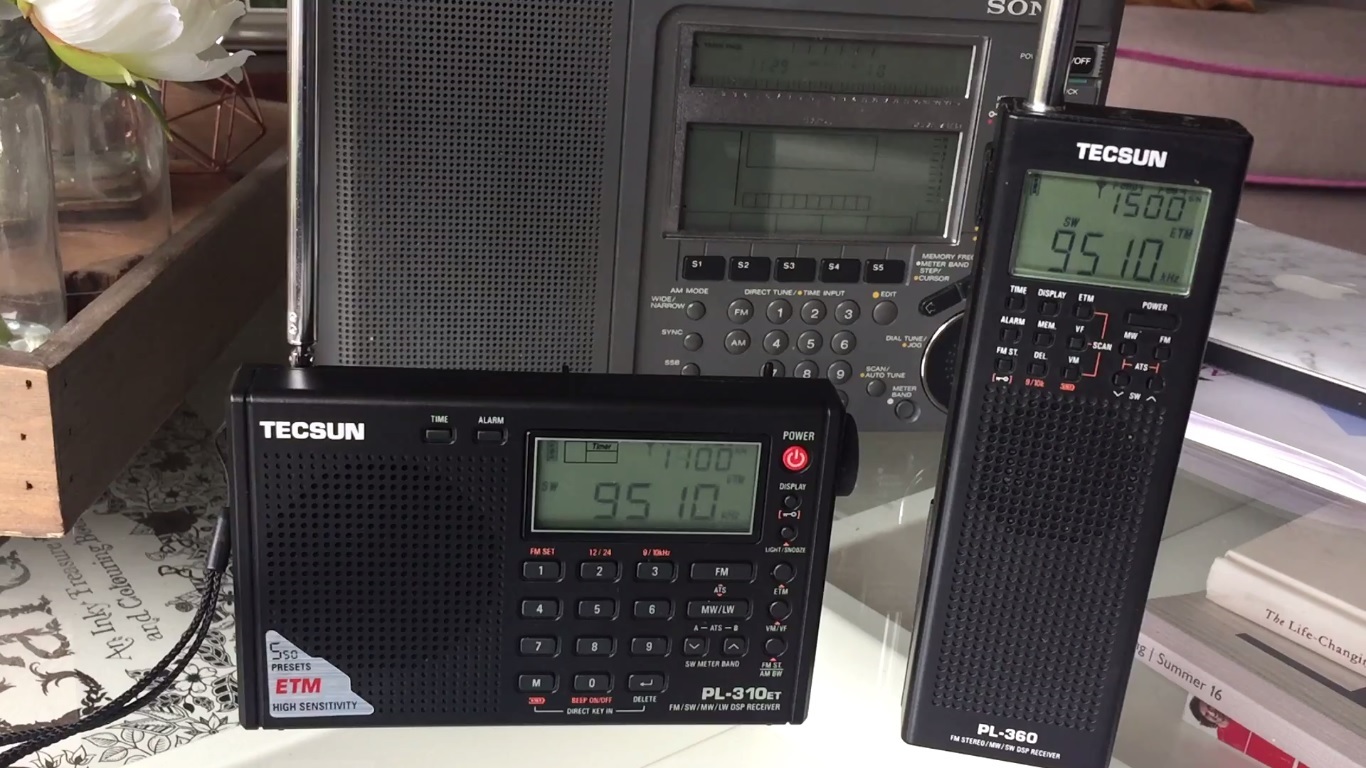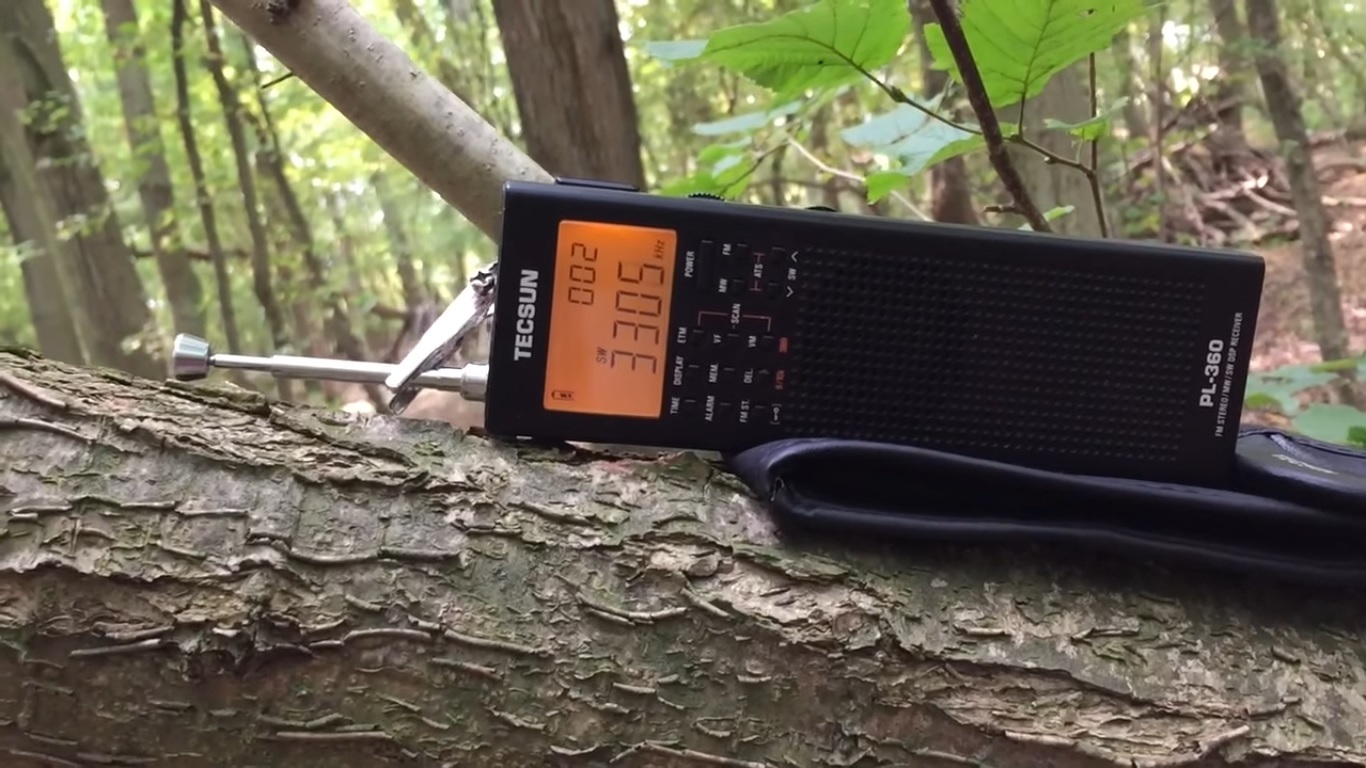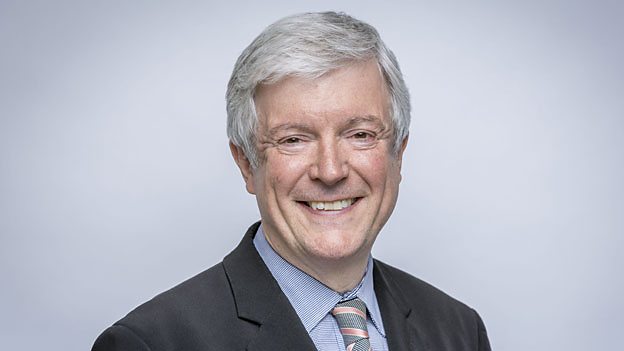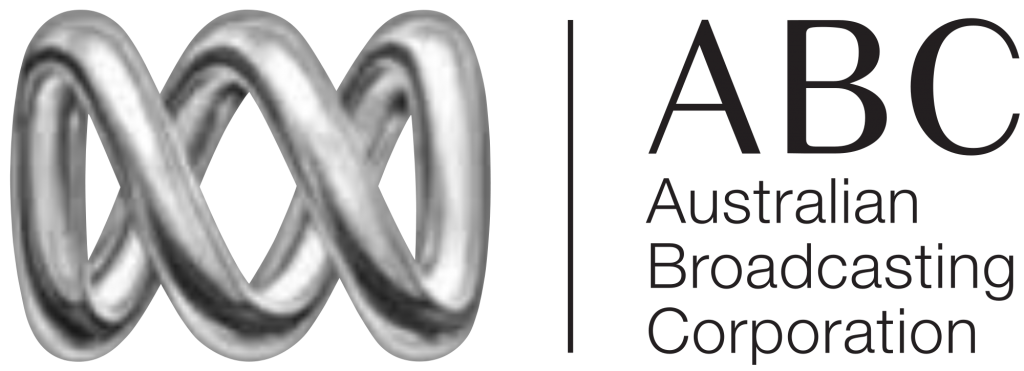Many thanks to SWLing Post contributor, Richard Langley, who shares this editorial from the The Washington Post:”
“FOR YEARS, members of Congress have fumed about what they regard as ineffective U.S. public diplomacy, including the failure of broadcasting operations such as the Voice of America and Radio Free Europe/Radio Liberty to match the reach and apparent influence of networks such as Russia’s RT and Qatar’s al Jazeera. A frequent and arguably fair focus of criticism has been the Broadcasting Board of Governors, the body created to supervise government-funded media outlets while serving as a firewall between them and the political administration of the day.
A radical change to that system is now coming — and it looks like one that Vladimir Putin and Qatar’s emir might well admire. An amendment quietly inserted into the annual National Defense Authorization Act by Republican House leaders would abolish the broadcasting board and place VOA, RFE/RL and other international news and information operations under the direct control of a chief executive appointed by the president. The new executive would hire and fire senior media personnel and manage their budgets.
[…]The point of board governance was to prevent direct political interference in programming by the White House, State Department or other agencies. It was a guarantee that for decades has helped to attract journalistic talent to the broadcasting organizations, as well as listeners seeking reliable information. The board of governors had serious problems: Its members served part time, and not all took their duties seriously. But the system’s biggest flaw was remedied three years ago with the creation of a chief executive position.
The new reform, driven by House Foreign Affairs Committee Chairman Edward R. Royce (R-Calif.), enhances that executive’s power and makes him answerable to the White House rather than the bipartisan board. A new advisory panel will be created, but it will be toothless: Its members will also be nominated by the president from a pool provided by Congress.[…]”
Click here to read the full editorial at The Washington Post online.
Also, Richard points out this article in BBG Watch which highlights comments from Dan Robinson.


